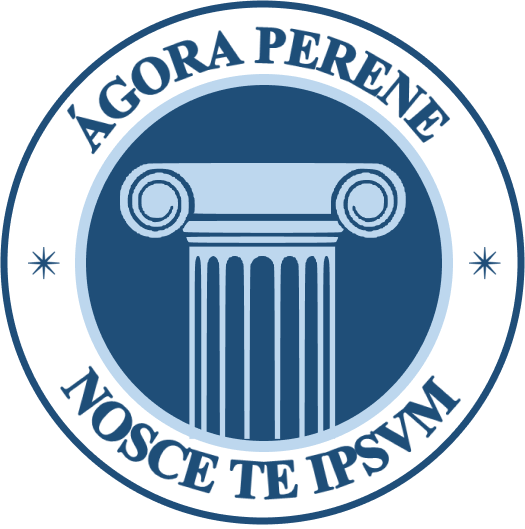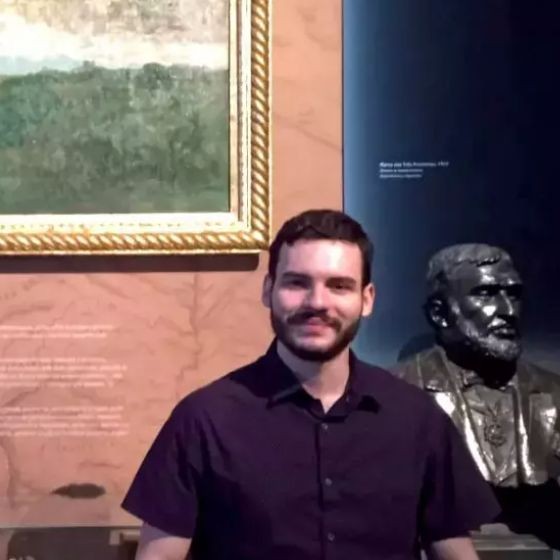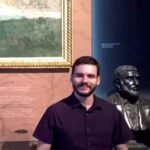
Ferdinand Magellan is, without a doubt, one of the great personalities of the period of great European navigations and the Portuguese circumnavigation undertaking. Imbued with an adventurous spirit and eagerness to explore the seas, Ferdinand Magellan goes down in history as an exquisite navigator and fearless explorer in his odyssey until his death in combat in the Philippines.
by Eliseu Cidade
Man naturally has curiosity as one of his attributes, a trait that is innate to him since birth; The quest to discover the mysteries of the universe, understanding the facts that are presented and the instinct to explore are evidently present in the life of every human being in one way or another. In view of this, the following text will deal with one of the most important personalities in history for the great feat of Circumnavigation: Ferdinand Magellan. Ferdinand Magellan is the most notable example of a hero, explorer, adventurer and traveler – who falls within the 15th century period based on the search for nautical, geographic, cartographic knowledge as well as technological and astronomical development. Some authors even consider this period of great navigation as the first stage of globalization.
History confirms that the Portuguese were the pioneering people to take risks in exploring the Atlantic Ocean. In a few decades, they passed through several places on the African coast – from the Azores, Cape Verde, Cape Bojador – until reaching the Cape of Good Hope in 1488. Such achievements inaugurated a new era of geographic exploration, as the final objective was to reach the East Indies, thus dominating maritime trade routes and controlling the spice market for Europe from Asia. This bravery and need for expansion can be observed in Canto I of the Lusíadas – masterpiece by Luís de Camões –, in which Portugal is seen as the fifth successor Empire of the Greeks and Romans to carry their values and arts. The following excerpt follows: “Let the wise Greeks and the Trojans cease the great navigations they made; let the fame of their victories be silent from Alexander to Trajan; May I sing the illustrious Lusitanian chest, whom Neptune and Mars obeyed. Cease everything that the ancient muse sings, That another higher value rises”.
Lisbon appears as queen of the seas given its privileged geographical position, leading sailors both to Africa and later to America. In the same spirit of conquest, Spain also began its great navigations with the sending of Christopher Columbus to reach the wealth and prosperity of the East. Searching the East via Portugal’s distinct route, Columbus arrived in Central America in 1492. Ferdinand Magellan was still a teenager when Columbus returned to Spain after crossing the Atlantic and arriving in the Americas. Thinking he had reached the Indies, he brought in ships the native inhabitants of America who were called Indians. The conquest of Christopher Columbus intensified the disputes between the Portuguese and Spanish crowns, since, from that moment on, both countries began to claim global control of maritime routes. Here we have an aspect of the dispute of a global nature for the first time, and no longer disputes over specific regions within the same continent. Dom João II vis à vis Ferdinand of Aragon and Isabella of Castile decide to divide the globe in two based on an imaginary line in the ocean through the Treaty of Tordesillas. The treaty determined that 370 leagues east of the island of Cape Verde the dividing line would pass, where the entire eastern part would belong to Portugal and the western portion would belong to Spain. The focus was on delimiting spaces for the ability of these great powers of the time to conquer territories.
The search for gold, tea, silks and spices from the East makes Ferdinand Magellan set out on behalf of his king as a navigator and warrior. He actively participated in the Portuguese conquest of the world, having commanded thousands of warriors and fought in the Battle of Cananor in 1506, which took place between the Indian fleet of Zamorin and the Portuguese fleet led by Lourenço de Almeida, the then son of the viceroy, Francisco de Almeida. This war ended with Portugal’s success and also in the Siege of Cananor in 1507, although in later wars, such as the Battle of Chaul in 1508, Portugal suffered defeats by the Sultan of Gujarat and the armada of the Mamluk Sultan of Cairo.
Ferdinand Magellan, with the aim of basing his project on the position of the Moluccas Islands, brought together the best Portuguese cartographers of the 16th century in order to draw a map with precision that showed the conquests of the time, even more advanced than those of Spain. The most recent conquests were all recorded on the new map, with African gold, tea and spices already being Portuguese conquests, while Spain was still facing the challenges of the Atlantic reaching regions of Central America through Vasco de Balboa.
Upon arriving in Seville, Ferdinand Magellan marries the daughter of the Portuguese navigator Diogo Barbosa and joins the Order of Santiago. After joining the Spanish project, Magellan convinces the authorities of Castile, namely Carlos V, that he will sail to the Indies on the side belonging to Spain according to the Treaty of Tordesillas, going beyond Christopher Columbus and looking for a way around America . Upon leaving, Ferdinand Magellan, aware of the very long and extremely tiring journey, supplied the ships with everything that could be found on the coasts of Andalusia: meat, honey, broad beans, capers, olive oil, cheeses, mustard, the most varied fruits and an extraordinary quantity of wine. Ferdinand’s fleet also had complete artillery with large quantities of weapons, arrows, spears, shields, gunpowder, swords, armor and tutti quanti.
It is evident that like Ferdinand Magellan – the Portuguese navigator –, from now on, starting to provide services for the Crown of Spain, he will be seen as a traitor and swindler by Portugal, being considered persona non grata. In this sense, Ferdinand faced difficulties in forming a fleet for navigation, counting on the discontent and rivalry of Portuguese and Spanish navigators. Magellan took to the streets of Seville in great excitement to convince people to join his expeditionary project. Finally, from Spain, Magellan’s fleet was mostly made up of Spanish captains, which evidently placed him in a weak position, along with his isolation which added to the contestation of his authority, almost a checkmate. After obtaining more than two hundred men of different nationalities to join his expedition, Magellan left with all those who would be part of the artillery towards the Island of the Moluccas. Imbued with an adventurous spirit and seeking to record everything in a travel diary, as was customary during the period, Ferdinand appointed Antonio Pigafetta – an Italian geographer and writer from Vicenza – as the chronicler responsible for describing the entire expedition. Fearful and deeply concerned about his own destiny, on the lookout for the fury of Spanish conspiracies, Magellan leaves a will in the event of his death showing his devotion and unshakable faith in God at the most tense and uncertain moment of his life. Impeded on all sides, both by Portugal – as Portuguese navigators set out on an expedition to destroy their fleet – and by Spain – given the Spanish conspiracies –, their only alternative is the sea, therefore this would be their act of bravery in carrying out his task as a sailor, that is, être maître dans le métier.
After the challenging crossing of the Pacific Ocean, he arrived in the Philippines in 1521. In an attempt to create allies and establish bases for future travels in the Philippines, Ferdinand passed through several islands such as Cebu and then Mactan. Ferdinand Magellan ended up dying in combat during a military invasion of the region. Despite having died along the way, Ferdinand Magellan was a pioneer and meritorious in his endeavor to pioneer knowledge of the oceans and promote a new perspective on the world. Thus, his successor, Juan Sebastián Elcano, ended up succeeding him on the expedition, completing the first circumnavigation until arriving in Sanlúcar de Barrameda. Finally, it is worth mentioning the Austrian writer Stefan Zweig who wrote about the life of Ferdinand Magellan with all his descriptive sensitivity and work as a biographer in the following terms: “Among all the figures and all the routes, my admiration turns to the feats of the man who, in my opinion, achieved the most extraordinary feat in the history of geographical discoveries: Fernão de Magalhães. Its navigation is perhaps the greatest odyssey in the History of Humanity, and it is true that, when I decided to write it attentive to the reliable documents at my disposal, I had the feeling that I was telling something invented, one of those sacred legends of Humanity, because nothing is more excellent than a truth that seems improbable.”
REFERENCES
Documentary (193) The Odyssey of Ferdinand Magellan – YouTube
Battle of Cannanore – Wikipedia, the free encyclopedia (wikipedia.org) 27 April |
Death of Fernão de Magalhães (marinha.pt)
Eliseu Cidade holds a degree in International Relations from the Federal University of Rio de Janeiro (UFRJ). He regularly writes essays, reviews, and articles on topics such as Geopolitics, Culture, Philosophy, Literature, and Science.
- This author does not have any more posts






